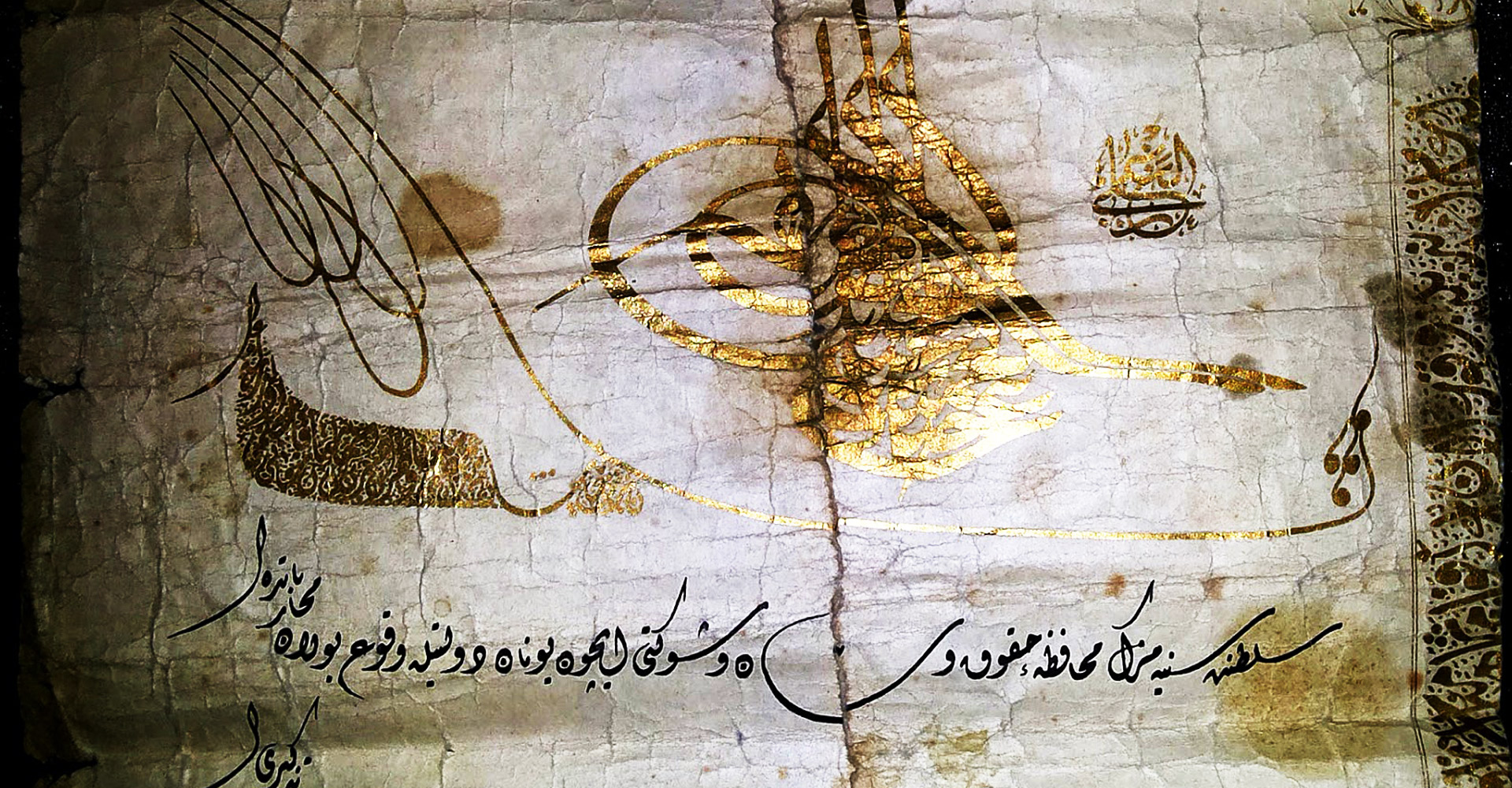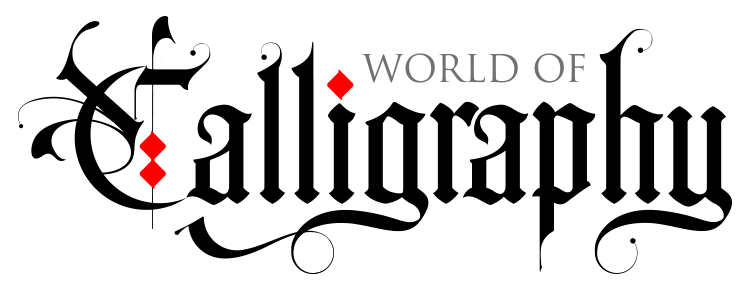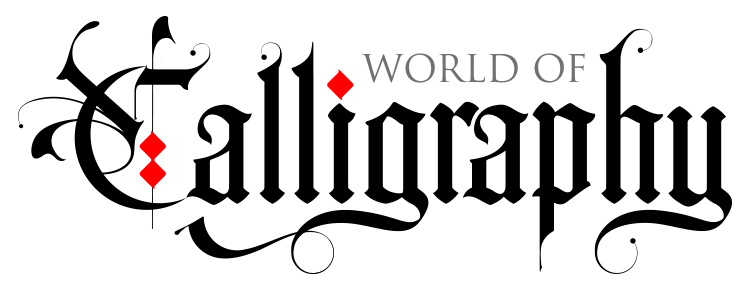
Islamic Calligraphy
 Islamic Calligraphy; Calligraphy has a very special place in Islam, because it’s strongly bound-up with the Quranic revelation in two ways. Firstly, God’s word in the form of the Quran represents unique evidence of divine revelation, which was actually conveyed orally to Muhammad, but was then recorded in writing by his companions and circulated. Secondly, this revelation is described in the Quran as an “elegantly proportioned script,” which is preserved with God on “spotless sheets of paper,” and which is “beautiful” & “unsurpassable.”
Islamic Calligraphy; Calligraphy has a very special place in Islam, because it’s strongly bound-up with the Quranic revelation in two ways. Firstly, God’s word in the form of the Quran represents unique evidence of divine revelation, which was actually conveyed orally to Muhammad, but was then recorded in writing by his companions and circulated. Secondly, this revelation is described in the Quran as an “elegantly proportioned script,” which is preserved with God on “spotless sheets of paper,” and which is “beautiful” & “unsurpassable.”
Generally it’s accepted that the Arabic script descended from the Aramaic through the Nabataean and the neo-Sinaitic alphabets. After the Latin script, Arabic script is the most widely used form of alphabetic writing in the modern world. The Arab conquests of the 7th and 8th centuries AD brought the language and the script to the vast expanse of territory extending from India to the Atlantic Ocean. Nabataean as a dialect was used in northern Arabia and what is now Jordan thousand of years prior to the start of the Islamic era. It seems apparent that Syriac also had some influence on the Arabic script developments. The earliest inscription that has been found that is identifiably Arabic is one in Sinai that dates from about A.D. 300. Another Semitic script which was in use at about
the same time and which is found on inscriptions in southern Arabia is the origin of the alphabet now used for Amharic, the official language of Ethiopia.
Arabic & Islamic calligraphy exists in all sizes and in all modes of artistic expression, most important are the works written from the 7th century onwards, on paper using a basic quill pen. It was necessary to practice for years to master this art, many masterpieces of calligraphy were collected, protected, high valued and traded at collectors prices. The Arabic alphabet has twenty-eight letters (additional letters have been added to serve the needs of non-Arabic languages that use the Arabic script, such as those of Iran and Pakistan), and each of the letters may have up to four different forms. All of the letters are strictly speaking consonants, and not like the Roman alphabet used for English and most European languages Arabic writing goes from right to left.
The Arabic script has been used much more extensively for decoration and as a means of artistic expression. This is not to say that the Roman alphabet (also like Chinese and Japanese) are not just as decorative and have not been used just as imaginatively. Since the invention of printing from type, however, calligraphy (which means, literally “beautiful writing”) has come to be used in English and the other European languages only for special documents and on special occasions and has declined to the status of a relatively minor art. During the 7th century, Kufic developed as a Quranic script; an angular script with exceedingly clear contours which appears monumental also in small format; with its impressive symmetry its expresses the self assurance with which Islam in its classical period disseminated its holy scripture.
The Kufic script spread over the whole Islamic world, from Spain in the west to beyond Iran in the east, a universal civilization. In established calligraphy studios, copies of the Quran were written on parchment in oblong format, and inscription were designed which were later chiseled into stone for buildings, or woven or embroidered into materials as ornamentation. The script had quickly became an art form that could be used everywhere, especially on buildings, for decorations. Within Kufic appeared new styles such as the slanting “Persian” script or the style used in Spain and northwest Africa, from which emerged the later “Maghrabi” script. The Introduction of paper, which came into the Islamic world from China via Central Asia in the 8th century, was particularly important for the development of calligraphy. To be sure, one continued to write Quran on parchment, since it kept better and was more prestigious – likewise also holding true on documents..


